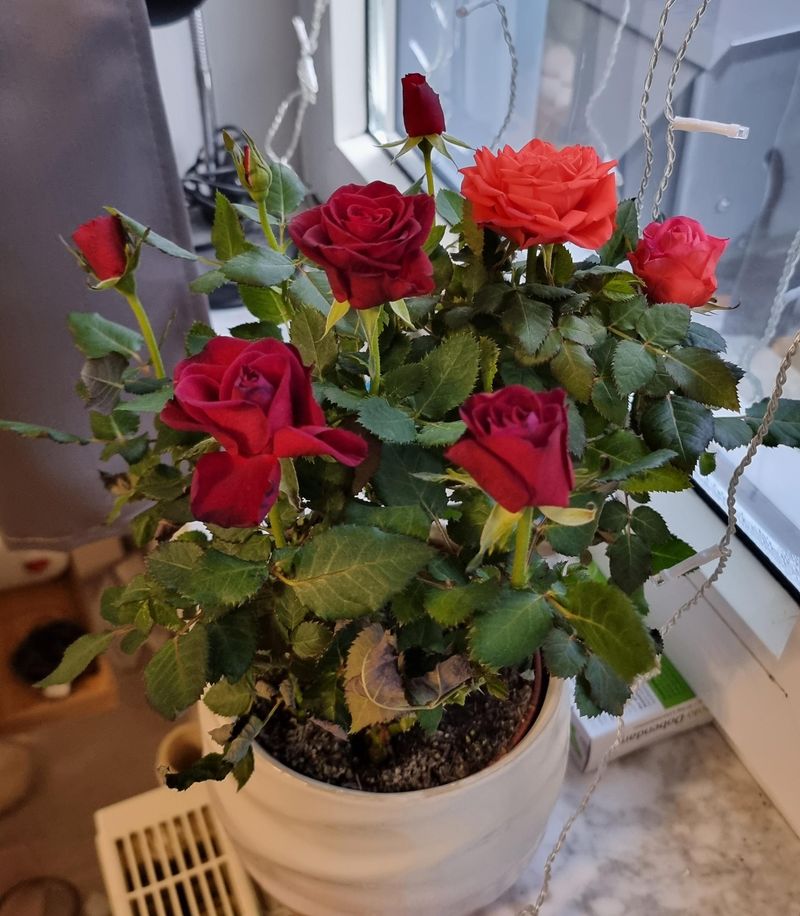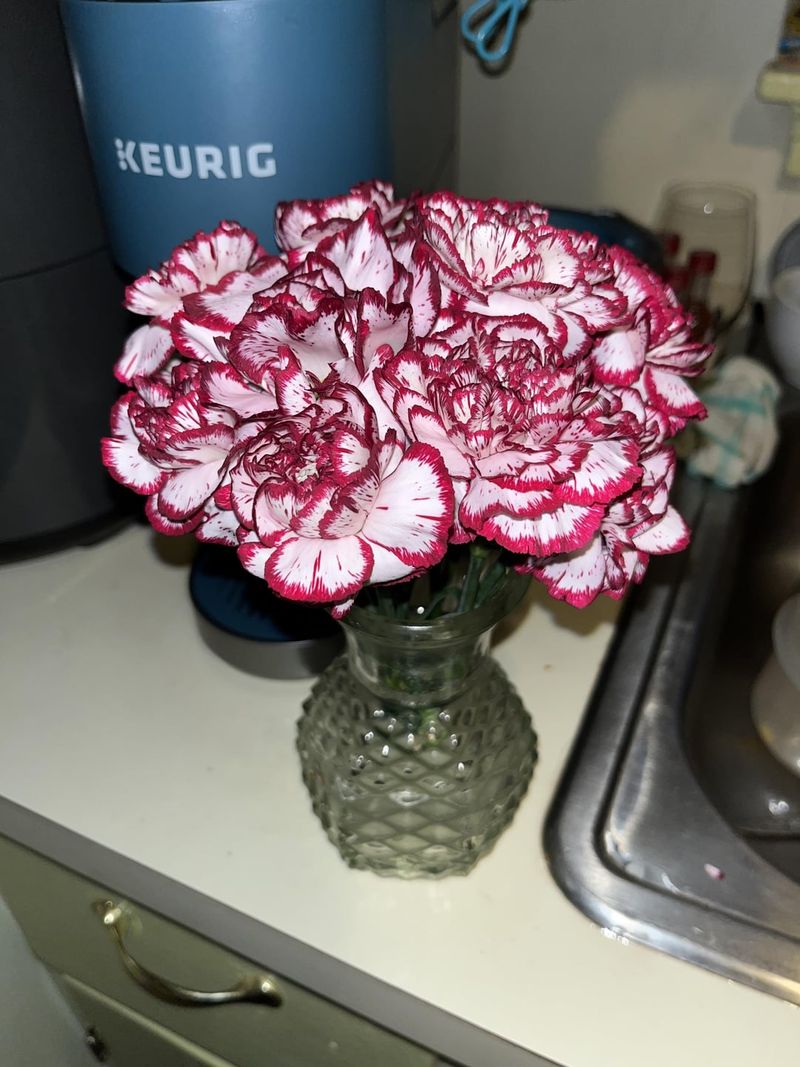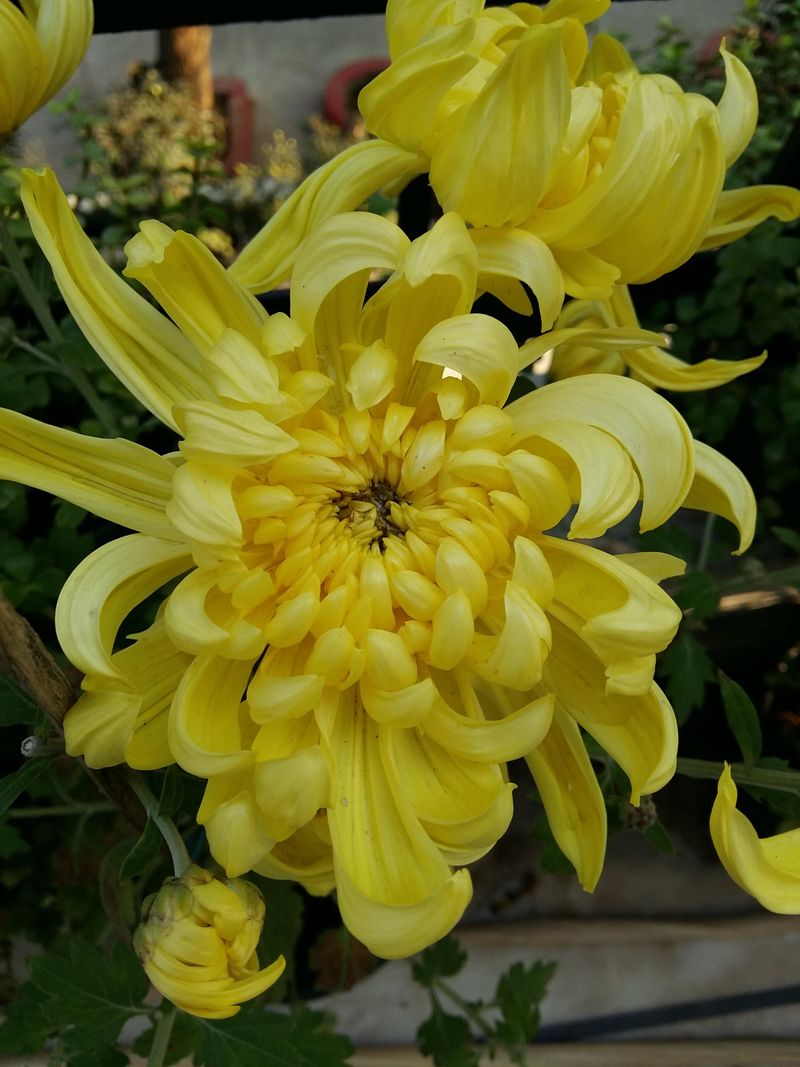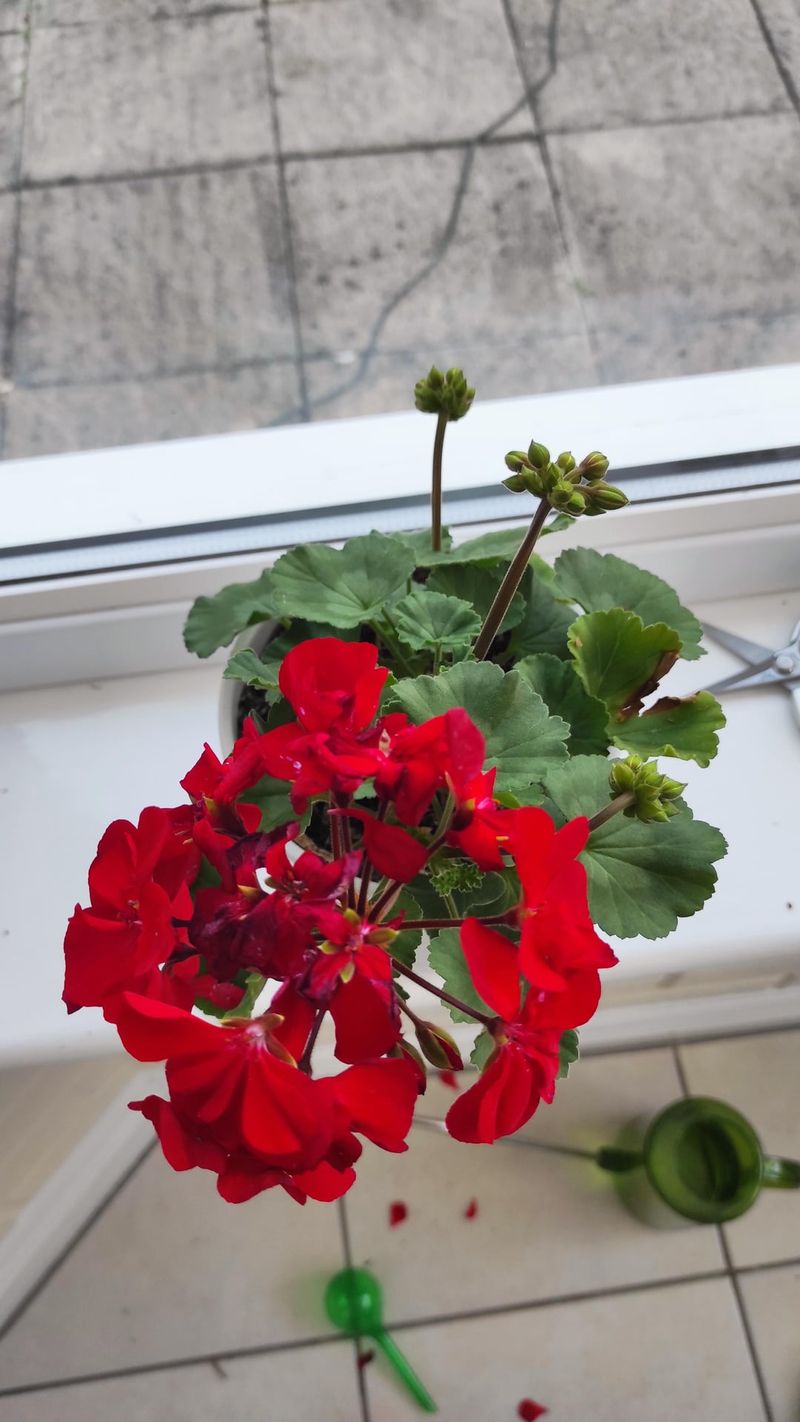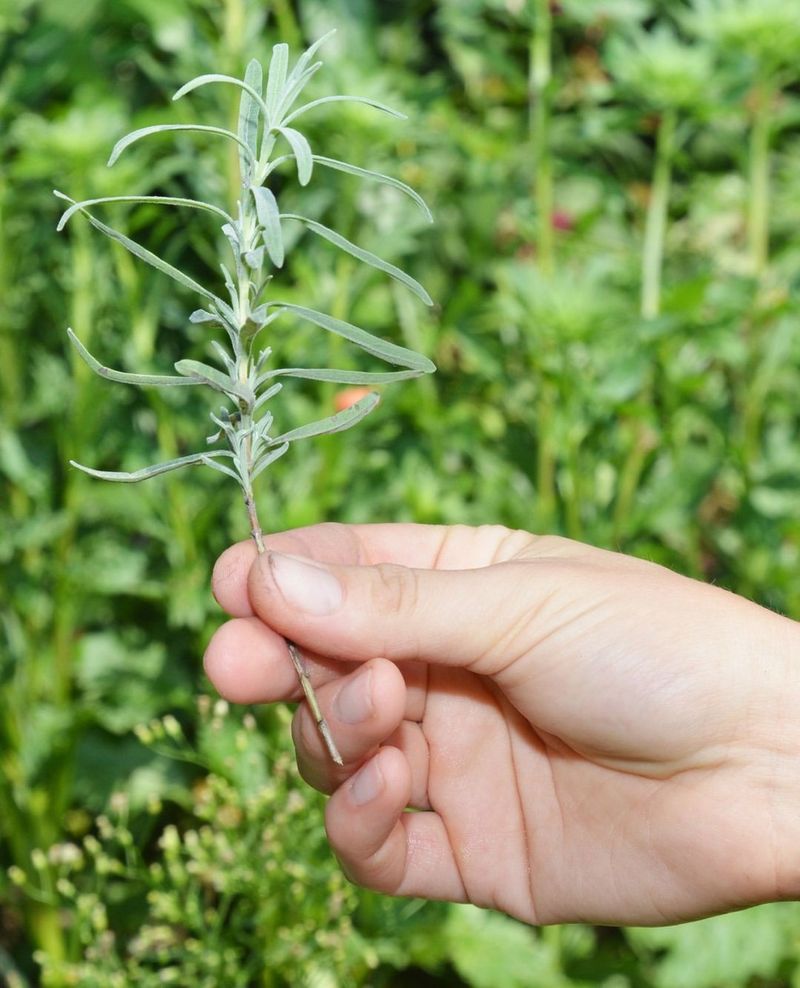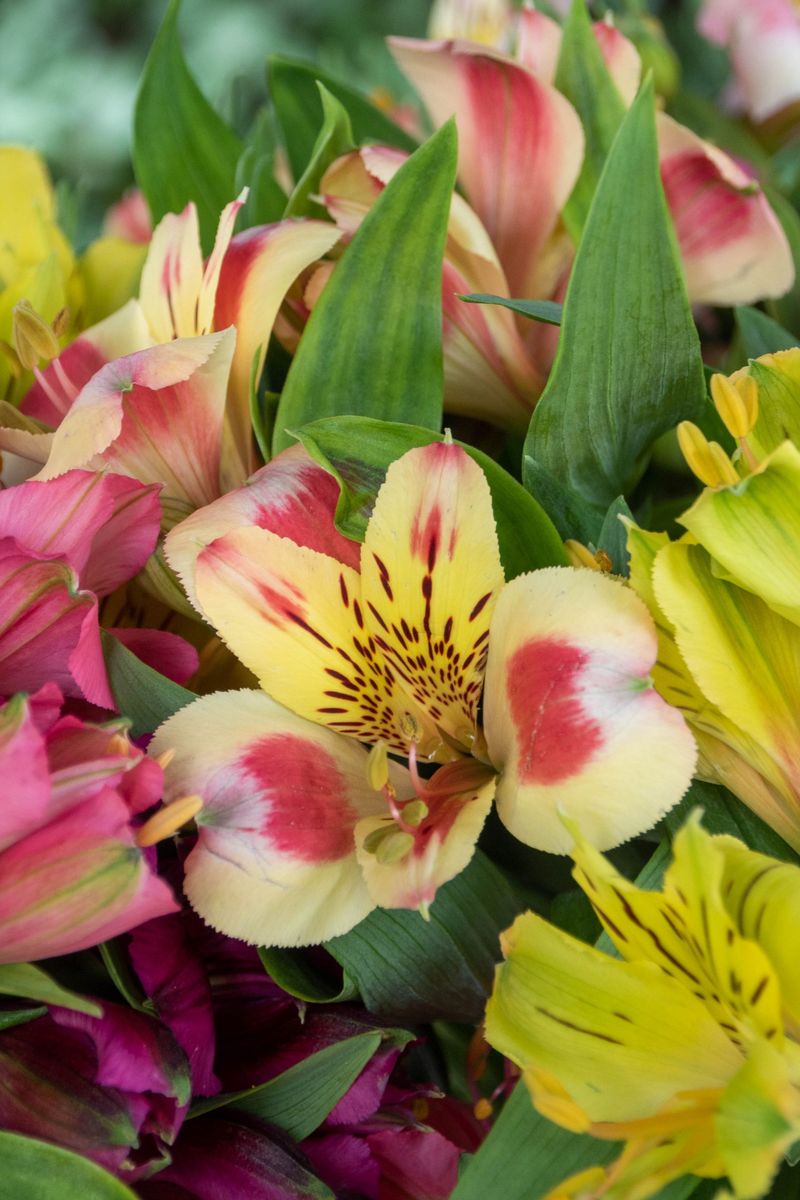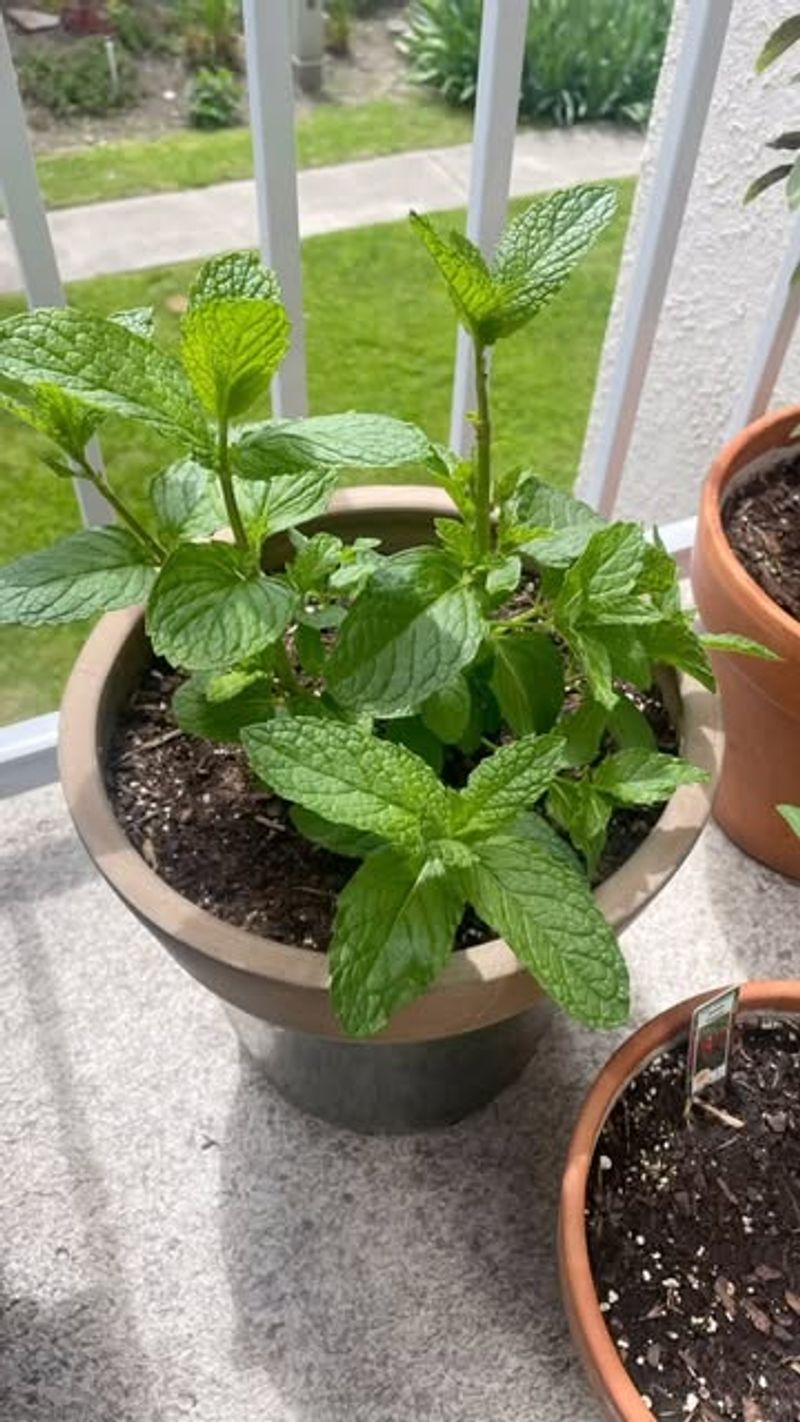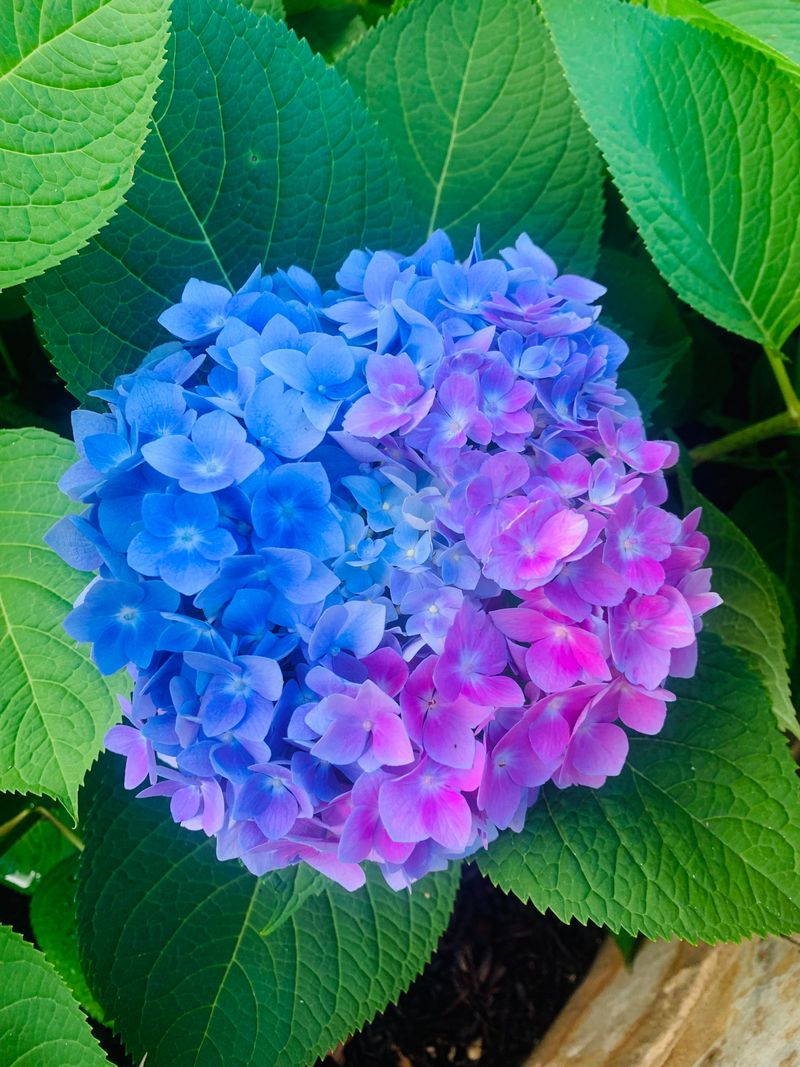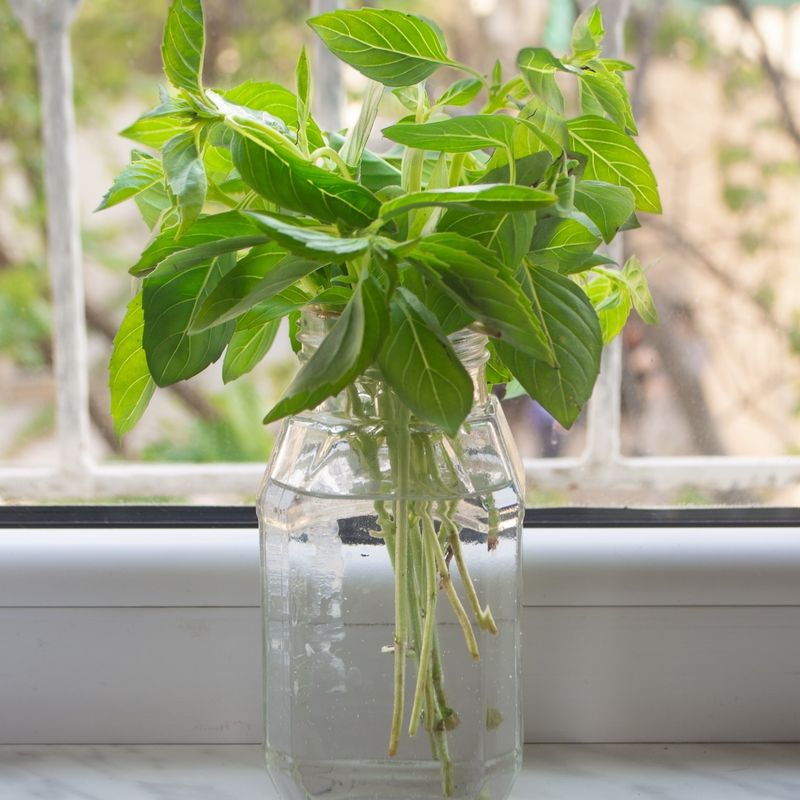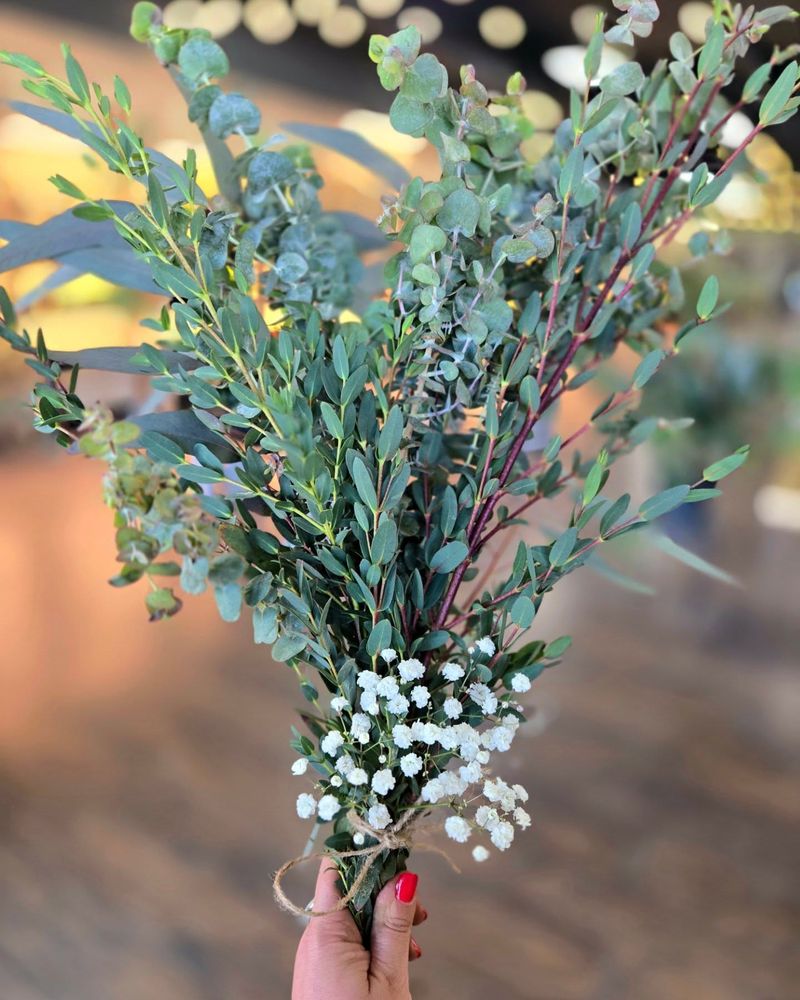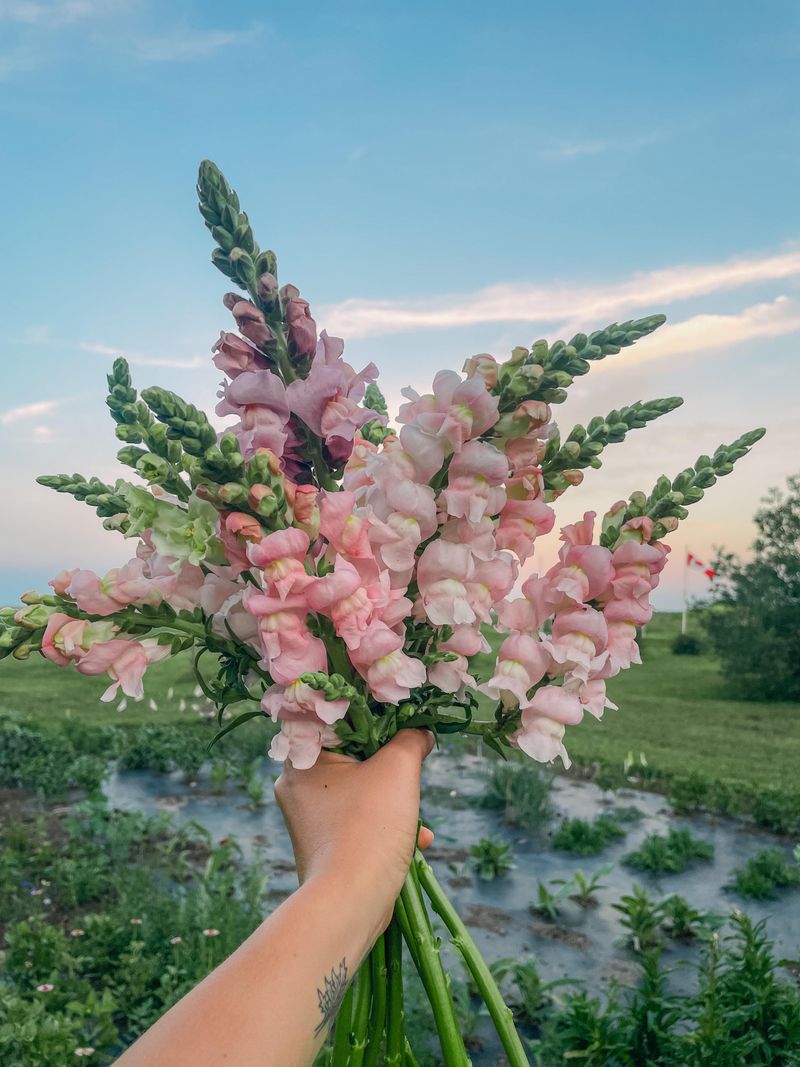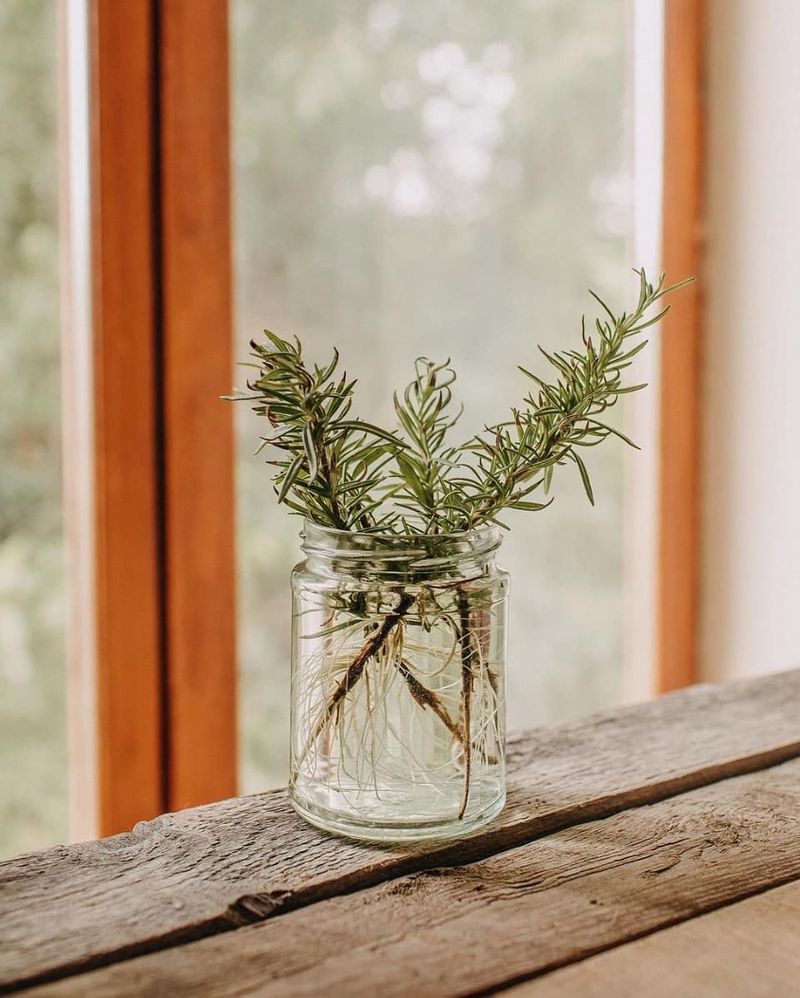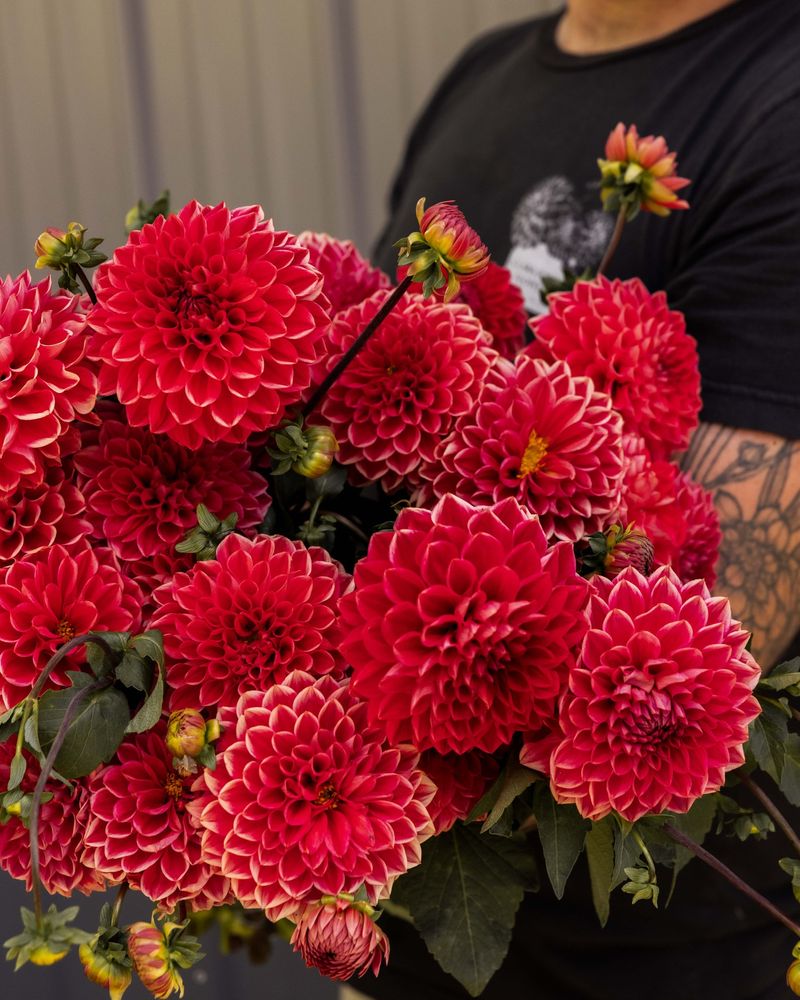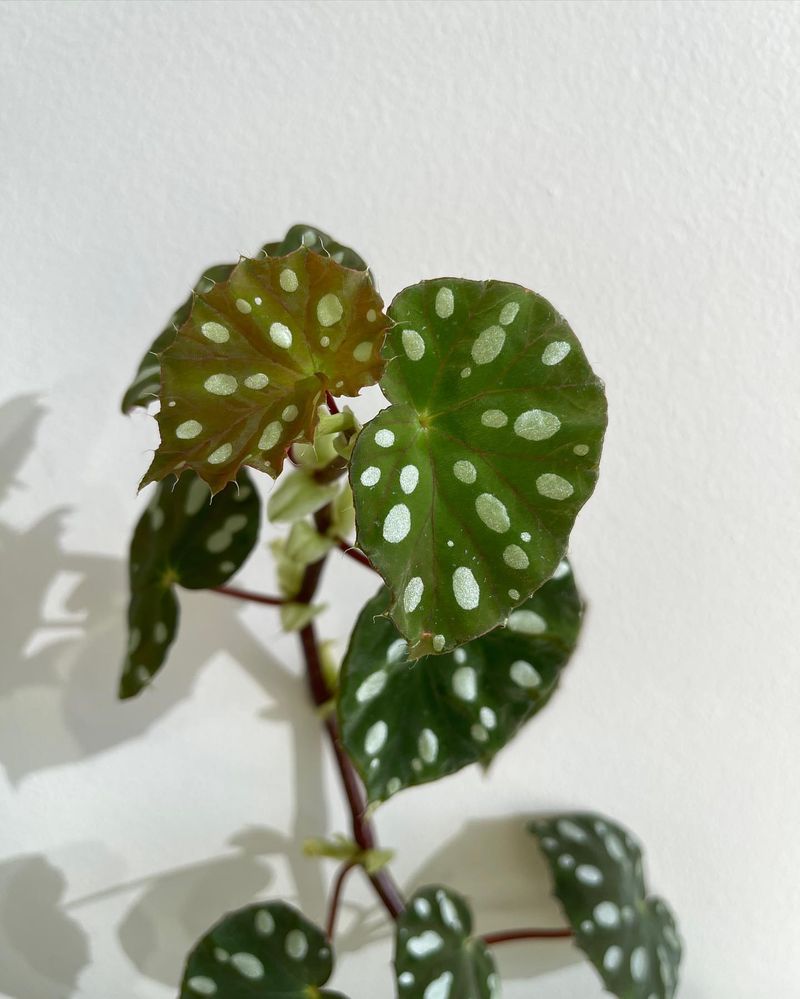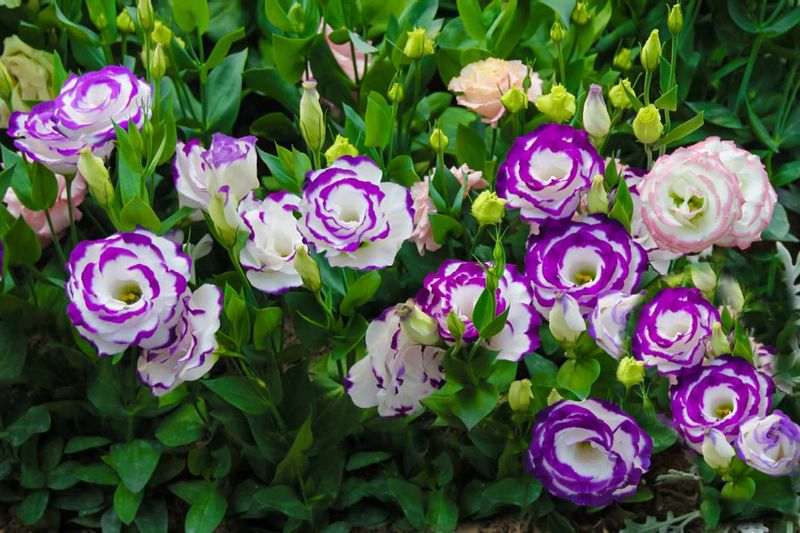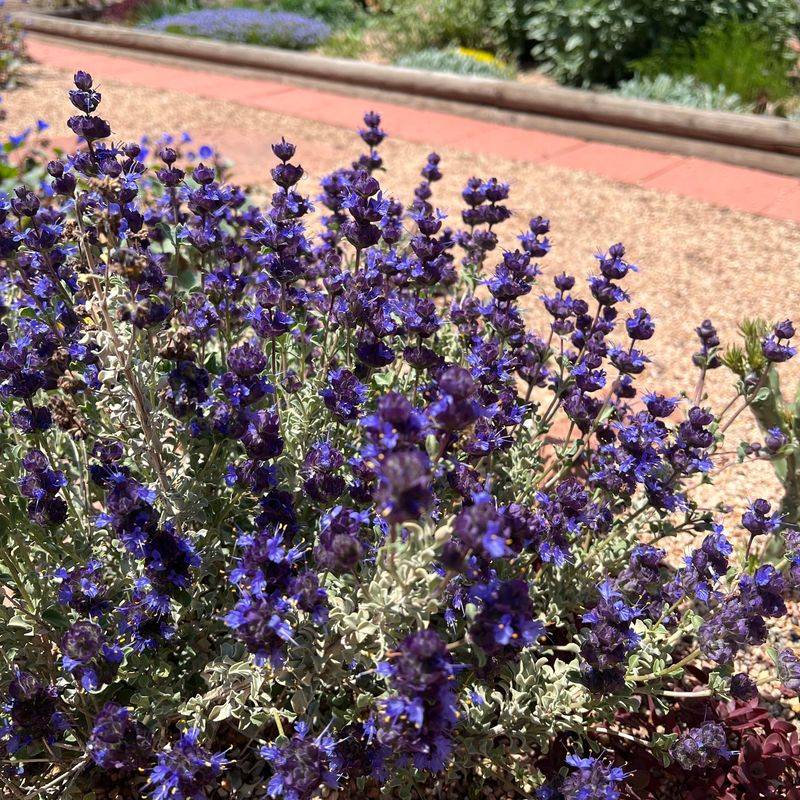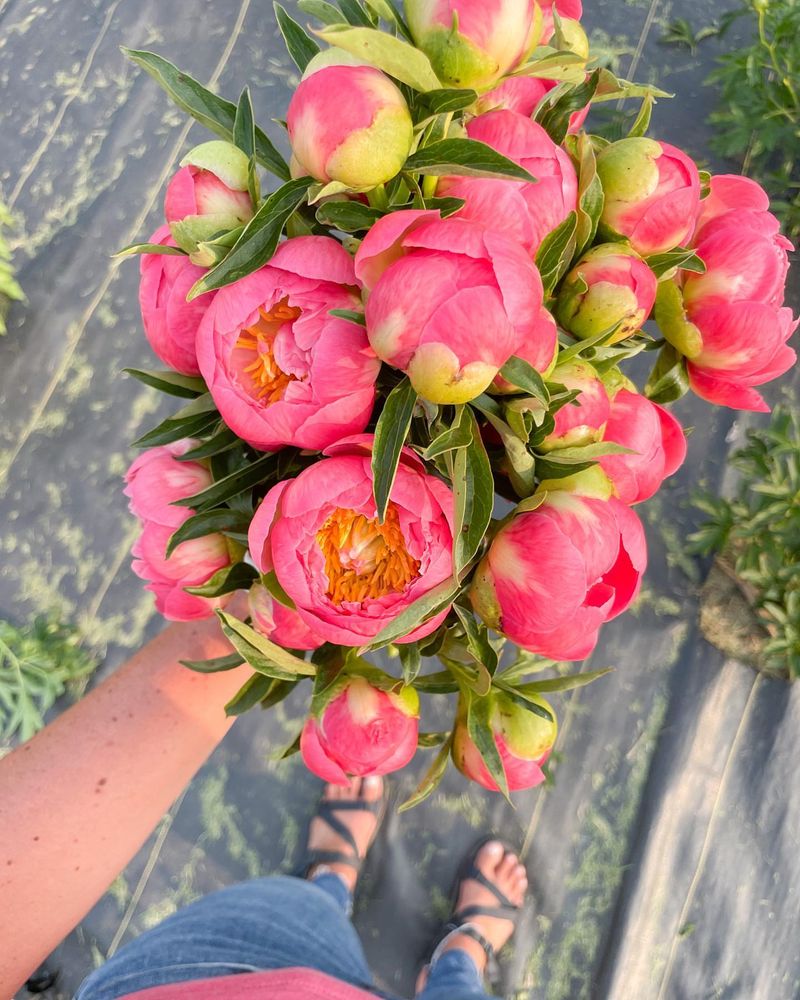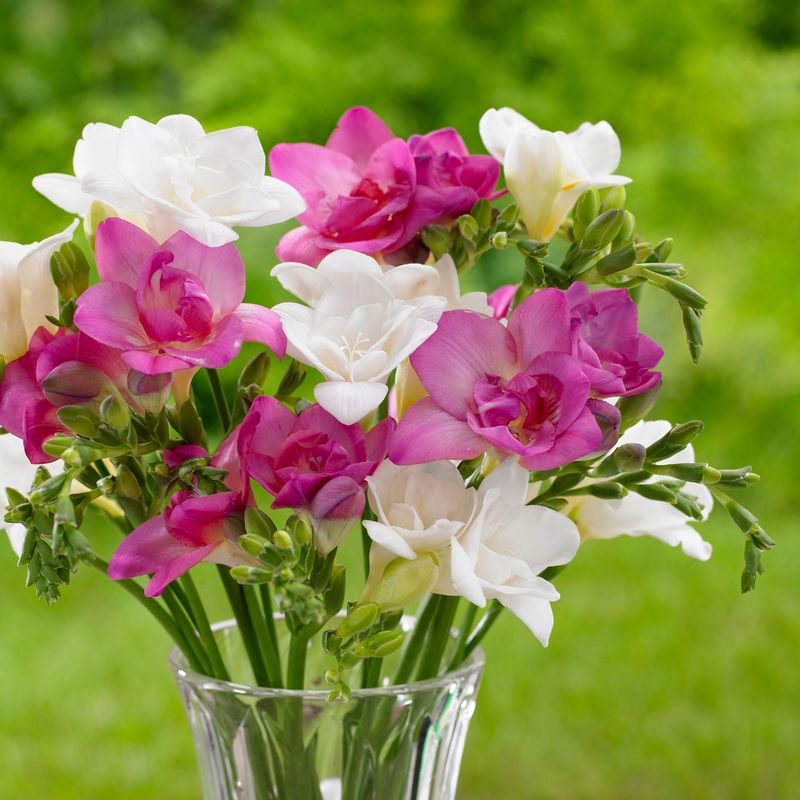Ever admired a bouquet and wished it could last forever? The good news is, some cut flowers can actually grow roots with a little care and attention. Instead of tossing faded stems, you can turn them into thriving garden plants.
The trick lies in knowing which blooms will root easily and how to give them a gentle nudge. Roses, geraniums, and chrysanthemums are great candidates for propagation. With the right conditions, those stems can sprout new life.
All it takes is a bit of patience, moist soil, and protection from harsh sun. So next time your bouquet starts to droop, think of it as a chance to grow something beautiful from the memories.
1. Roses
With a bit of patience, those romantic stems can become bushes. Try cutting just below a leaf node at a 45-degree angle, then remove lower leaves and thorns.
Place in water or damp soil with rooting hormone for best results. Change the water every few days to prevent bacteria growth.
I’ve had mixed success depending on the variety – garden roses seem to root better than the tight-budded commercial types. After about three weeks, tiny roots should appear if you’re lucky.
2. Carnations
Among the easiest flowers to propagate from bouquets, these frilly blooms love a second chance. Take healthy stems and cut just below a node, removing lower leaves and flowers.
The stems root readily in water – I’ve watched them develop tiny white roots within just 7-10 days. My kitchen windowsill is perfect for this process.
Once roots reach about an inch long, carefully transfer to potting soil. My grandmother taught me this trick, and I’ve grown dozens of carnation plants from grocery store bouquets.
3. Chrysanthemums
Fall favorites that multiply with minimal effort! Take 4-6 inch cuttings from the healthiest stems, strip lower leaves, and place in water.
Roots typically appear within two weeks. The process works best with fresh, non-refrigerated mums that haven’t been treated with growth inhibitors.
Last year, I rooted several white mums from a birthday arrangement. They grew into full plants that bloomed again the following autumn – such a satisfying surprise to see those familiar flowers return.
4. Geraniums
Sometimes found in mixed arrangements, these sturdy plants are propagation champions. Cut a 4-inch section from a healthy stem and let it dry overnight – this helps prevent rot.
The cutting can go directly into moist potting soil rather than water. Keep it in bright, indirect light and maintain even moisture.
My first attempt with geranium cuttings came from my sister’s wedding centerpieces. Six years later, descendants of those same plants still bloom on my porch each summer, carrying a bit of that special day forward.
5. Lavender
Fresh lavender stems from bouquets can become aromatic garden plants with the right approach. Select stems without flowers, as these root more successfully than flowering pieces.
Remove leaves from the bottom half and dip in rooting hormone before placing in sandy soil mix. Mist regularly but avoid soggy conditions.
Patience matters here – my lavender cuttings took nearly a month to show signs of new growth. The wait was worth it though, as now I have a small collection started from a single anniversary bouquet.
6. Alstroemeria
Those spotted Peruvian lilies in your bouquet can potentially grow into perennial plants. Unlike most cuttings, alstroemeria works best when you take the entire stem with its base intact.
Place the stem base in water and watch for tiny root development. The process takes patience – sometimes up to three weeks.
My kitchen experiments yielded mixed results until I tried adding a drop of liquid seaweed fertilizer to the water. That simple trick seemed to encourage faster rooting, and now I have several plants that came from a Mother’s Day bouquet.
7. Mint
Often included as greenery in bouquets, mint stems eagerly grow roots when given the chance. Simply place stems in water, making sure no leaves are submerged.
Roots typically appear within days – faster than almost any other cutting I’ve tried. The kitchen windowsill provides perfect conditions for this herb.
After receiving a bouquet with mint accents, I popped a few stems in water just to see what would happen. A week later, I had enough rooted cuttings to start a small herb garden that’s now threatening to take over my backyard!
8. Hydrangeas
Those showy blooms can become garden showpieces with some know-how. Take 6-inch cuttings from stems without flowers, making sure to cut just below a leaf node.
Remove all but the top pair of leaves, dip in rooting hormone, and plant in moist potting soil. Cover with a plastic bag to create a mini greenhouse effect.
My neighbor gave me flowers from her garden, and I couldn’t resist trying to root them. Three weeks later, tiny new leaves appeared – proof that patience pays off with these beautiful shrubs.
9. Basil
This aromatic herb frequently appears as bouquet filler and roots eagerly in water. Snip stems just below a leaf node, remove lower leaves, and place in a sunny window with clean water.
Tiny white roots should appear within a week. The process works best with fresh stems that haven’t been refrigerated for long periods.
After rooting some basil from a farmer’s market bouquet, I now have an endless supply for cooking. The plants from these cuttings seem more vigorous than those I’ve grown from seed, producing larger leaves with stronger flavor.
10. Eucalyptus
That silvery-blue foliage in arrangements can potentially grow into houseplants. Select fresh, pliable stems and place in water with the cut end submerged about an inch.
Change water every few days and be patient – eucalyptus can take 2-4 weeks to show root development. The success rate isn’t as high as with other plants.
I’ve tried this with several bouquets and had about a 30% success rate. The stems that did root grew into lovely potted plants with that distinctive eucalyptus scent that freshens up my home office.
11. Snapdragons
These colorful spikes can grow into garden plants with a little effort. Look for healthy stems without flowers and cut just below a leaf node.
Remove lower leaves and place in water or moist soil. Keep in bright, indirect light and watch for roots to develop over 2-3 weeks.
During a particularly cold winter, I tried rooting snapdragons from a Valentine’s bouquet just to bring some spring indoors. To my surprise, they not only rooted but bloomed again within months, creating a cheerful indoor garden.
12. Rosemary
This aromatic herb sometimes appears in rustic bouquets and roots relatively easily. Take 4-6 inch cuttings from the softer, newer growth rather than woody stems.
Remove leaves from the bottom inch, dip in rooting hormone, and place in sandy soil mix. Keep lightly moist but never soggy.
My kitchen windowsill has become a propagation station for rosemary cuttings from various sources. The success rate improves dramatically when I take cuttings in spring or early summer, regardless of where the original stems came from.
13. Dahlia
With some luck, those spectacular blooms can become garden plants. Look for stems with small swellings or nodes near the base – these sometimes develop tiny tubers.
Place the stem in water, changing it every few days. The process is hit-or-miss, but when it works, it’s magical.
Last summer, I received dahlias in a birthday arrangement and decided to experiment. Only one stem developed roots, but that single cutting grew into a plant that produced three gorgeous blooms by fall. Now I try this with every dahlia bouquet.
14. Begonia
Sometimes included in mixed arrangements, these versatile plants root readily from stems. Cut just below a node and remove any flowers or buds to focus energy on root development.
Place in water or moist vermiculite and keep in bright, indirect light. Roots typically appear within two weeks.
My first attempt came from a hospital get-well arrangement. That single cutting has multiplied into dozens of plants that I’ve shared with friends and family – a living reminder that good things can come from difficult times.
15. Lisianthus
These elegant blooms occasionally root from bouquet stems, though success varies. Select the freshest stems and make a clean cut just below a leaf node.
Place in water and change it every few days to prevent bacterial growth. Keep in bright, indirect light away from drafts.
I’ve had about a 25% success rate with lisianthus cuttings, but the plants that do take root have produced the most delicate, paper-like blooms in my garden. The process requires patience – sometimes taking up to a month for roots to appear.
16. Salvia
Those spiky, colorful stems can become garden perennials with minimal effort. Take 4-6 inch cuttings from non-flowering stems for best results.
Remove lower leaves, dip in rooting hormone, and place in moist potting mix. Keep consistently moist but not waterlogged.
A friend’s wedding featured salvias in the centerpieces, and the bride encouraged guests to take them home. Three of my cuttings rooted successfully and now bloom reliably each summer, carrying memories of that special day into my garden.
17. Peonies
Though challenging, it’s occasionally possible to root peony stems from bouquets. Look for stems with several nodes and cut just below the lowest one.
Remove most leaves, dip in rooting hormone, and place in a sandy soil mix. Keep consistently moist in bright, indirect light.
My grandmother swore this method worked for her decades ago. After several failed attempts, I finally succeeded with a cutting from my anniversary bouquet. Though it took two years to bloom, seeing those familiar pink petals made the wait worthwhile.
18. Freesia
These fragrant flowers occasionally develop roots from fresh stems. Select healthy stems and place in water, making sure no leaves are submerged.
Change the water every few days and watch for root development, which can take 2-3 weeks. Success rates improve with warmer temperatures.
During a particularly dreary February, I tried rooting freesia stems from a grocery store bouquet. Only one developed roots, but that single stem brought months of fragrant blooms to my windowsill. Now it’s become an annual winter project to brighten indoor spaces.


